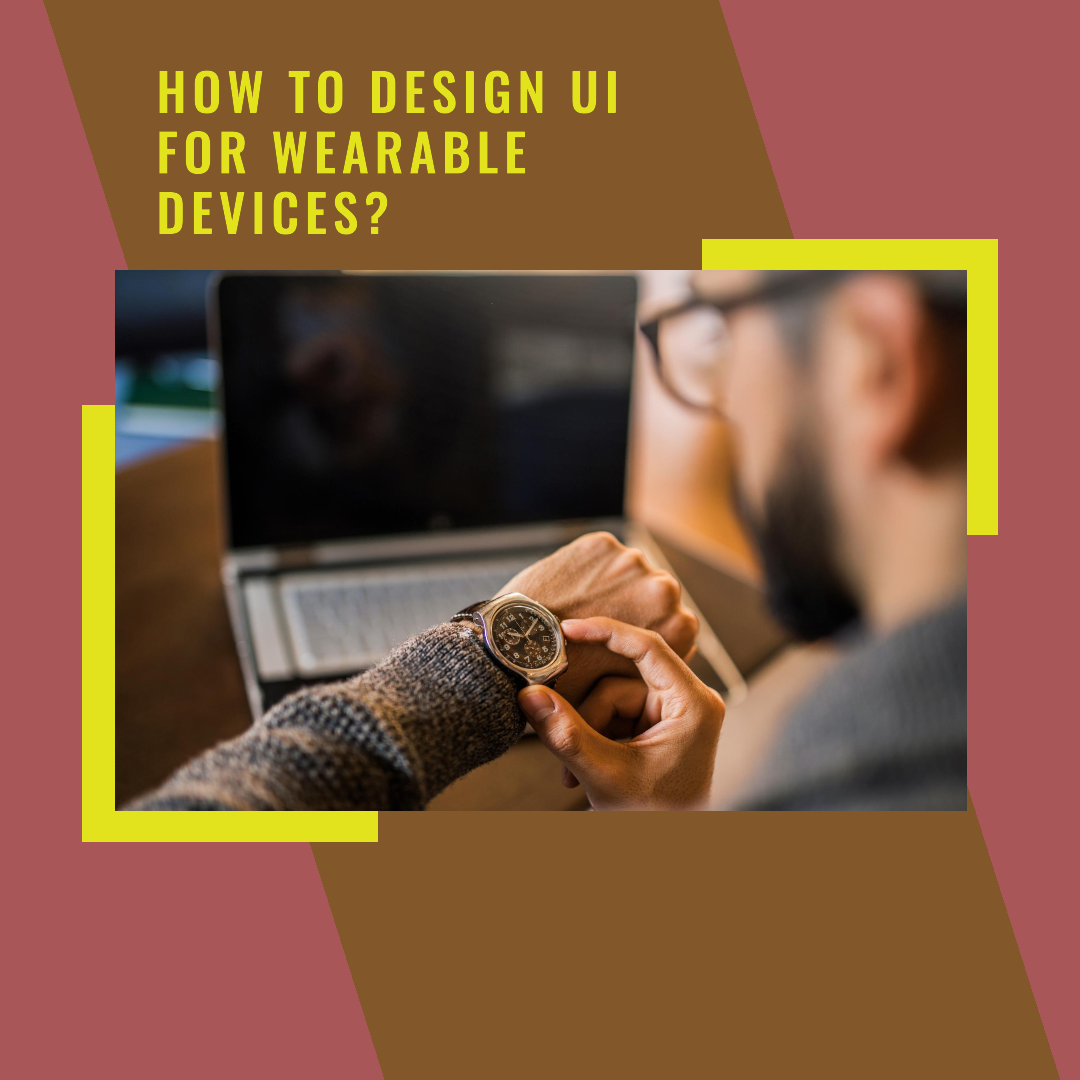How to design UI for wearable devices?
Wearable devices are becoming increasingly popular, and with good reason. They offer a convenient and hands-free way to stay connected and access information. However, designing UI for wearable devices can be challenging. The screens are small, and users often interact with the devices while they are on the move.
Here are some tips for designing UI for wearable devices:
- Keep it simple: Wearable devices have small screens, so it is important to keep your UI simple and easy to read. Avoid using too much text or complex visuals.
- Use clear and concise labels: Make sure that your UI labels are clear and concise. Users should be able to quickly understand what each element of the UI is for.
- Use large touch targets: Wearable devices are often used in situations where it is difficult to be precise with your fingers. To make it easier for users to interact with the device, use large touch targets.
- Use gestures: Gestures can be a great way to interact with wearable devices. However, be careful not to overload users with too many different gestures.
- Use feedback: Provide feedback to users when they interact with the device. This will help them to know what is happening and to confirm that their actions have been registered.
Here are some additional tips for designing UI for wearable devices:
- Use a consistent design: The design of your UI should be consistent with the overall design of the wearable device. This will help to make the UI look and feel more polished.
- Use a responsive design: Wearable devices are often used in different environments, such as at the gym, at the office, and outdoors. To ensure that your UI looks good and functions well in all of these environments, use a responsive design.
- Use personalization: Wearable devices are often personal devices. To make your UI more engaging, allow users to personalize it with their own colors, fonts, and images.
- Test your UI with users: Once you have designed your UI, test it with users to get feedback. This will help you to identify any usability issues and make necessary refinements.
Examples of effective UI design for wearable devices
Here are some examples of effective UI design for wearable devices:
- Apple Watch: The Apple Watch has a simple and easy-to-use UI. The screen is divided into a grid of app icons, and users can swipe left and right to scroll through the icons. To open an app, users simply tap on the icon.
- Fitbit Charge 5: The Fitbit Charge 5 has a sleek and modern UI. The screen is divided into two sections: a top section that shows the user’s current stats and a bottom section that shows the user’s notifications. To scroll through the different screens, users can swipe up and down.
- Garmin Fenix 7: The Garmin Fenix 7 has a rugged and sporty UI. The screen is divided into a number of different screens, each of which shows the user different information, such as their current location, their heart rate, and their elevation. To scroll through the different screens, users can press the buttons on the side of the device.
Conclusion
By following the tips in this blog post, you can design UI for wearable devices that is simple, easy to use, and visually appealing. Effective UI design can help users to get the most out of their wearable devices and to stay connected to the information they need.tunesharemore_vertadd_photo_alternate








